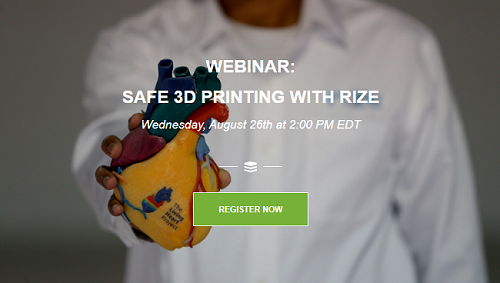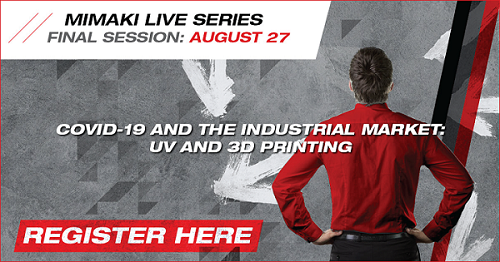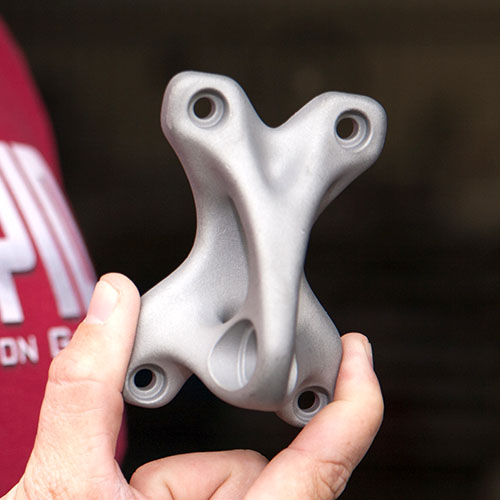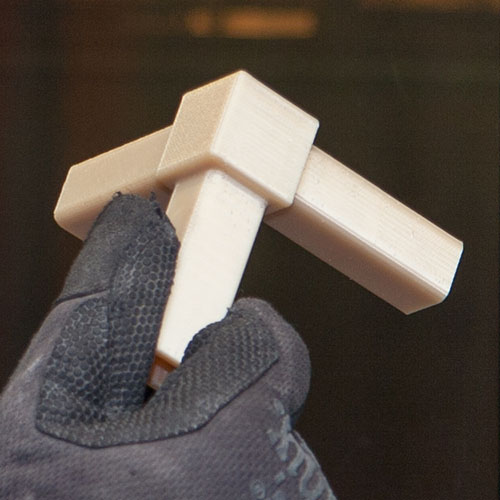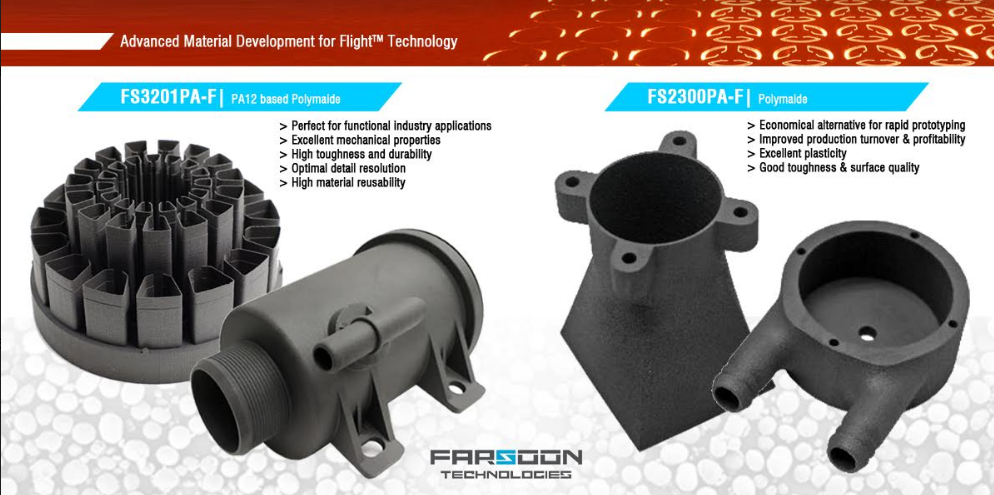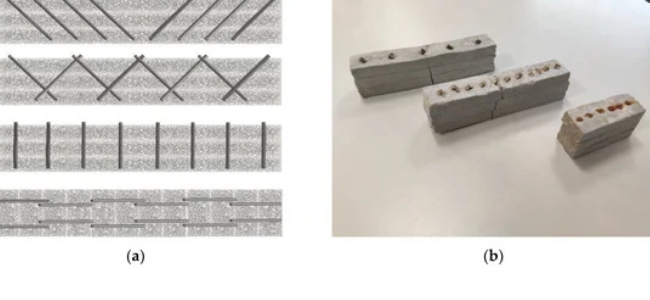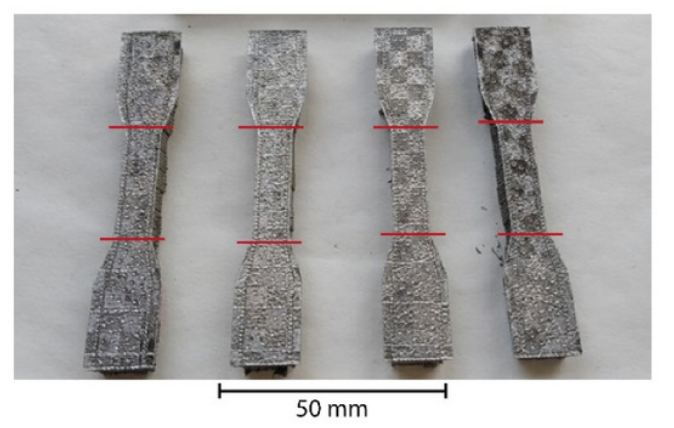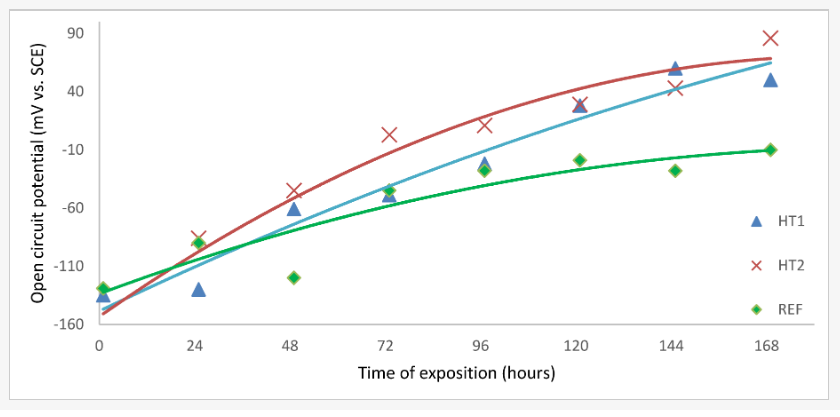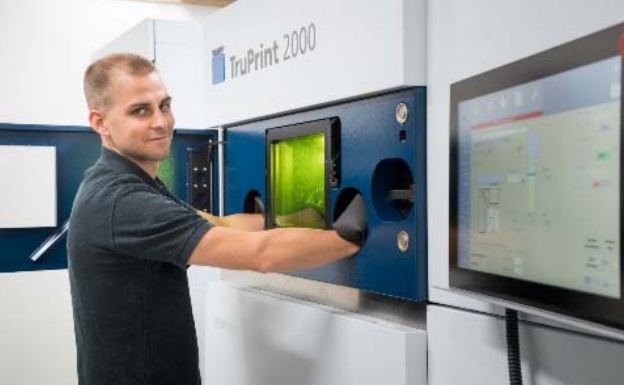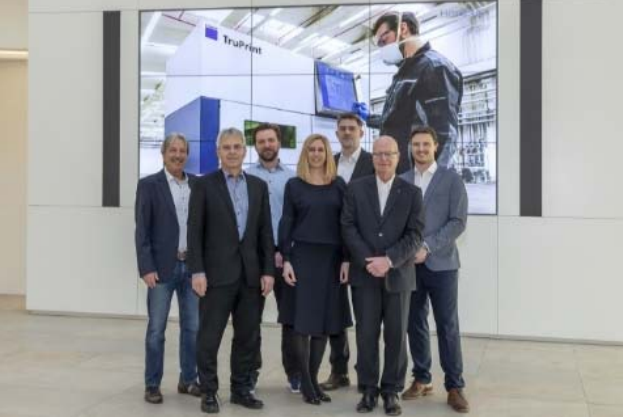One of the most exciting aspects of exploring our platform at Shapeways is learning more about how users on all levels are innovating today, and how you might be able to expand your own concepts and designs further through 3D printing. There are a variety of different, affordable services and products offered; however, one of the most important facets that must always be considered — from Shapeways to the entire 3D printing space worldwide — is materials. You can modify printers and write new software all day long, but without a good selection of feedstocks to choose from, quality results are nearly impossible.
BASF (known as a worldwide leader in development and production of chemicals) began partnering with Shapeways this year in providing new materials through their BASF 3D Printing Solutions subsidiary. Our new Powered by Shapeways platform enables users to choose from BASF’s Forward AM materials, expanding accessibility and options for high-performance parts.
The new material portfolio includes Ultrasint TPU01, Ultrasint PP, Ultracur3D RG 35, and HP High Reusability PP.
Ultrasint TPU01
Ultrasint industrial grade powders are meant for 3D printing complex geometries that are accurate, strong, and durable. This thermoplastic polyurethane material is suitable for 3D printing functional end-use components, and is recommended if you require excellence in quality and flexibility for parts, along with the following features:
- High level of detail
- Good surface quality
- Recyclability (Ultrasint TPU01 offers up to 80% reusability ratio)
- Airtight parts (down to 1mm wall thickness)
- UV resistance
- Hydrolysis resistance
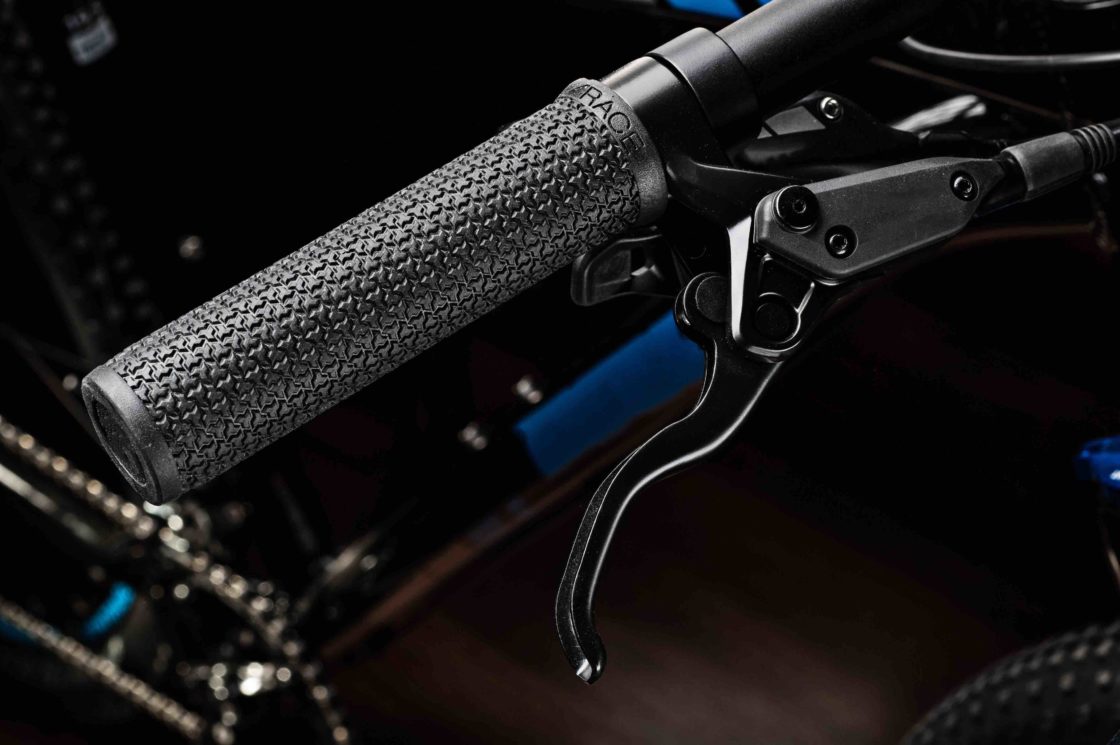
Approved for contact with skin, TPU01 is popular in automotive applications due to the open lattice structure encouraging both heating and cooling for interior parts like headrests or seats. Materials can be customized for individuals, and especially in areas typically experiencing heavier loads. Many of the best advantages of 3D printing technology can be used with TPU01 in particular, to include exponentially less time spent in development, production, and assembly time — along with elimination of tooling requirements and cost. Texture can be customized in terms of hardness/softness, and a variety of accompanying finishing options are offered too.
Another unique
benefit of TPU01 is that it can be used to 3D print protective gear for
the automotive industry; for instance, a protective glove was created for
workers at Jaguar Land Rover, offering support to prevent injuries due to
repetitive tasks. This type of gear is strong, yet lightweight and can be
completely customized for the wearer, including special modifications for the
job requirements of the individual. Again, this design is possible due to the
flexible lattice structure of the material. While it is flexible, hardness can
also be customized during the design process.
3D printing is employed in many footwear applications these days, and by users of widely varying experience and resource levels—from leading sports shoe companies to designers fabricating elegant flats or heels at their studios or from home workshops. Midsoles typically represent the 3D printed portion of shoes, with TPU01 allowing for consumer-specific customizations for greater comfort — designed around the wearer’s step, gait, pressure, and support — whether for sports, running, or other needs. Shoes can be made quickly, affordably, and on-demand.
TPU01 can also
be used to 3D print midsoles that are eco-friendly, requiring less material, as
well as offering improved aesthetics and performance. Personalized touches can
be applied afterward with a variety of different finishes and color choices.
Download the material data sheet from this page.
Ultrasint PP nat 01
A polypropylene material suitable for rapid prototyping as well as large-volume production of smaller parts, Ultrasint PP is a popular and affordable plastic with good market recognition. This material yields parts with excellent quality, balanced mechanical properties, and liquid, hydrolysis, and chemical resistance.
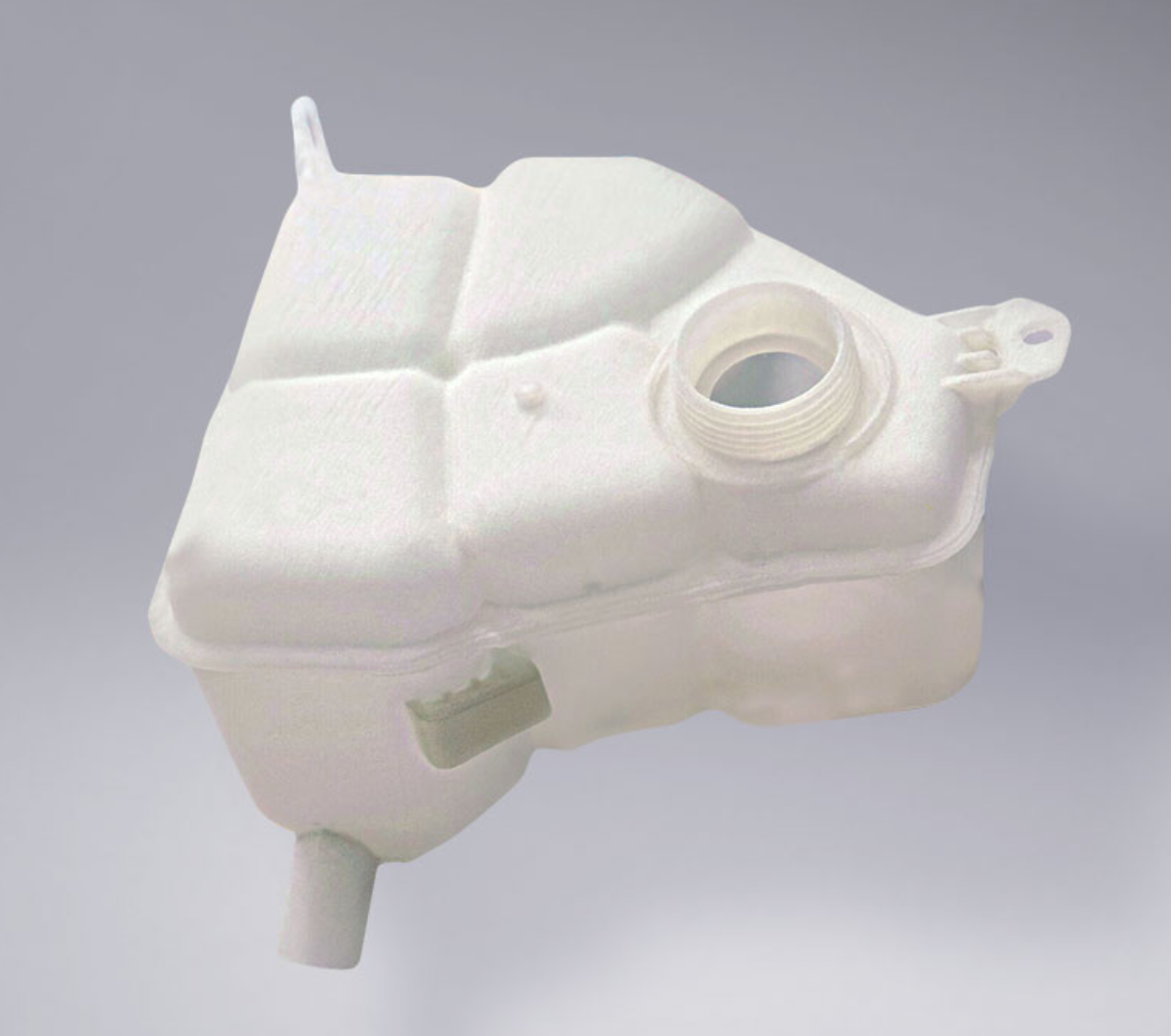
Ultrasint PP is
meant for production of smaller components like fluid reservoirs,
interior and exterior automotive parts, air ducts and piping, clips, covers,
hinges, and more. Parts like sensor covers can be made for critical aerospace
applications also, with prototypes fabricated from the same material and
process as the functional part. Live-hinge and snap-fit “barb” fittings can be 3D
printed too, with options for color and surface.
Download the material data sheet from this page.
Ultracur RG 35
Ultracur RG 35 is a highly reactive photopolymer suitable for a variety of parts used for multiple purposes, to include:
- Connectors
- Snappers
- End-use components

Recommended for parts that require rigidity, Ultracur RG 35
offers excellent resolution in printing, low shrinkage, accuracy, and both
speed and ease in production.
Download the material data sheet from this page.
HP High Reusability PP
A material specialized for use in HP’s production-grade Multi Jet Fusion 3D printers, HP High Reusability PP is suitable for making parts that are chemically resistant like piping and fluid systems, as well as automotive parts for the interior, exterior, and under the hood.
Download the material data sheet from this page.
Here at Shapeways, we have always offered a rich foundation for providing a wide range of materials suitable for industrial use. And while there are certainly no rules within the 3D printing realm about using (as well as continually developing) and experimenting with materials, our partnership with BASF has yielded a treasure trove of quality materials for the automotive industry, as well as for critical applications used in aerospace, architecture, and medicine. Recently, our team has also focused on offering 3D printing for robotics and drone applications.
Whether you are a busy designer or an engineer hoping to have a prototype or functional part 3D printed quickly, you will find an inspiring range of materials available at Shapeways. Without having to invest in industrial printers or materials on your own, you can benefit from our long-term experience and investment in proprietary, advanced technology.
The post Industrial 3D Printing for High-Performance Parts appeared first on Shapeways Blog.



